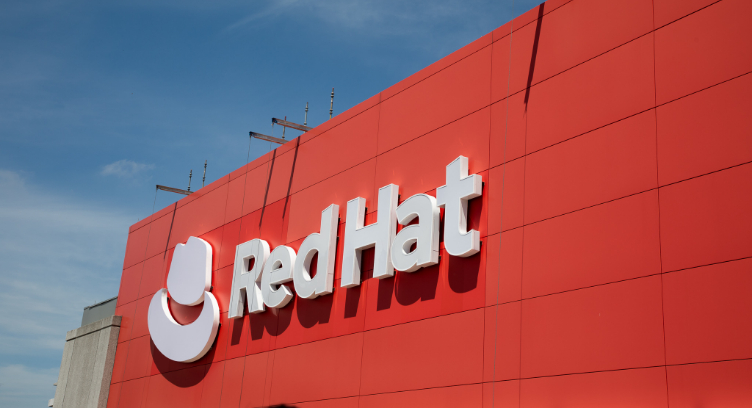Red Hat yesterday announced the general availability of Red Hat Enterprise Linux 9.3 and the forthcoming availability of Red Hat Enterprise Linux 8.9. The latest versions of the world’s leading enterprise Linux platform fuel production container innovations, add new management services through Red Hat Insights and full support for Stratis as a system storage option.
As with Red Hat Enterprise Linux releases before them, both Red Hat Enterprise Linux 9.3 and 8.9 natively include the capabilities of Podman, a daemonless tool for deploying, running, building and sharing Linux containers. 9.3 and 8.9 further integrate this functionality into existing workflows via automation, with new Red Hat Enterprise Linux web console enhancements. When a Podman container health check fails, administrators can now specify an automated action to occur for remediation or mitigation, which helps ease the burdens of managing containerized workloads at scale.
These container-centric updates extend to Red Hat Enterprise Linux system roles which provide pre-configured sets of Ansible roles and modules to streamline specific system operations. The Red Hat Enterprise Linux system role for Podman now supports Quadlet, a tool for simplifying the process of running containers with systemd. This lets systems administrators more effectively use systemd as a localized container management system, reducing complexities that otherwise would require human intervention.
All Red Hat Enterprise Linux subscriptions, including Red Hat Enterprise Linux 9.3 and 8.9, include Red Hat Insights, a suite of hosted services that use Red Hat’s decades of experience in developing and managing Linux platforms at scale to proactively detect, analyze and mitigate potential system issues. Insights can also help streamline operational tasks such as building standardized images, patching systems and optimizing resources. The latest updates to Red Hat Insights include:
- Image builder support for iso, ova, qcow2 and vmdk images, making it even easier to deliver more consistent Red Hat Enterprise Linux instances across the hybrid cloud
- Greater visibility into system access by grouping system access based on user roles.
- Enhanced system vulnerability oversight with comprehensive listings of relevant Common Vulnerabilities and Exposures (CVEs) with and without accompanying errata.
- Simplified compliance workflows with the ability to group and edit compliance rules directly from the Insights console
Red Hat Enterprise Linux 9.3 now offers full support for Stratis, a Linux storage system included in the platform that is designed to help simplify storage administration and amplify efficiency. Stratis integrates a number of existing Linux capabilities into a more streamlined, user-friendly interface, making storage configuration and management accessible to both novice and experienced users. It incorporates a number of key features, including dynamic scaling, robust encryption and optimized resources allocation, along with more advanced capabilities such as thin provisioning, snapshots and caching. The entire system can be managed and maintained via the Red Hat Enterprise Linux web console, providing greater control and oversight into increasingly complex storage operations.
For users considering a migration to Red Hat Enterprise Linux, the convert2rhel tool now supports additional Red Hat Enterprise Linux-derived distributions, smoothing the transition to the world’s leading enterprise Linux platform. Read the full blog detailing the updates here.
Red Hat Enterprise Linux 9.3 is now generally available. Red Hat Enterprise Linux 8.9 will be available in the coming weeks.
Gunnar Hellekson, vice president and general manager, Red Hat Enterprise Linux, Red Hat
Containerized and cloud-native applications are the future of computing and the job of the operating system is to bridge that future with today’s demands. The latest versions of Red Hat Enterprise Linux continue to support current IT needs while creating a smoother pathway to future innovations without requiring a wholesale change in skills, tools or workflows, thanks to the new Stratis storage system, expanded Podman capabilities and enhancements to the Red Hat Enterprise Linux web console.




















